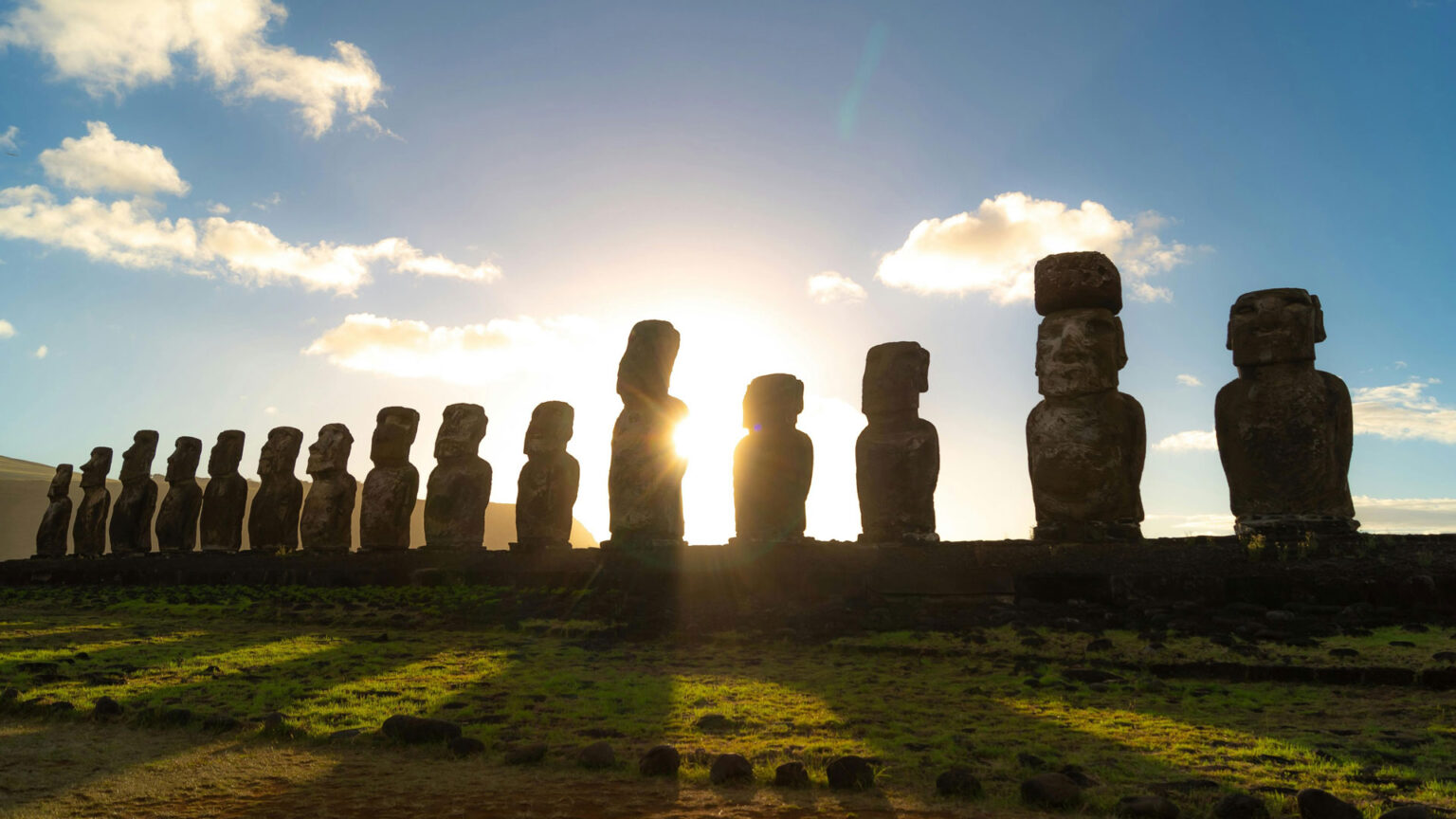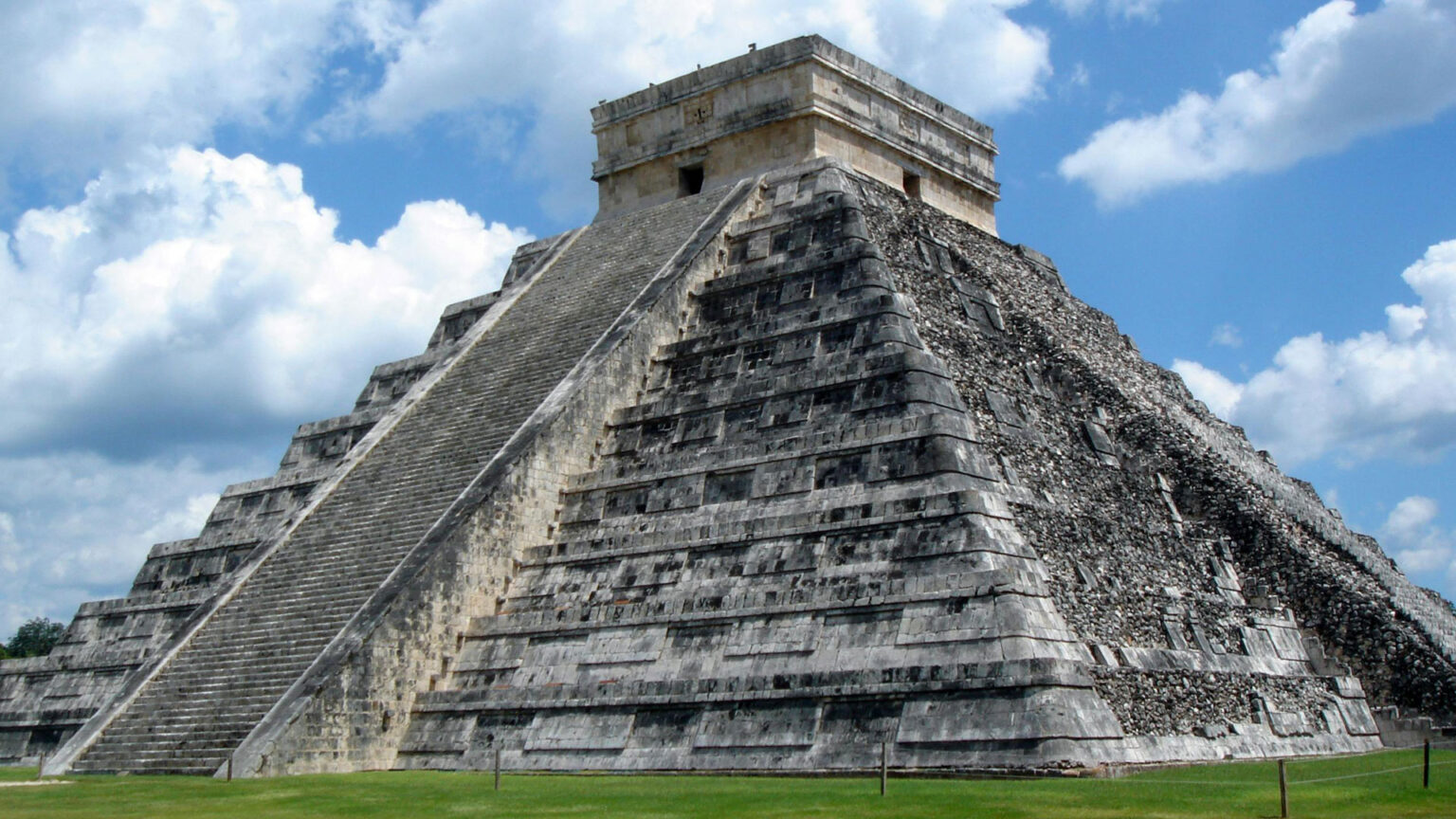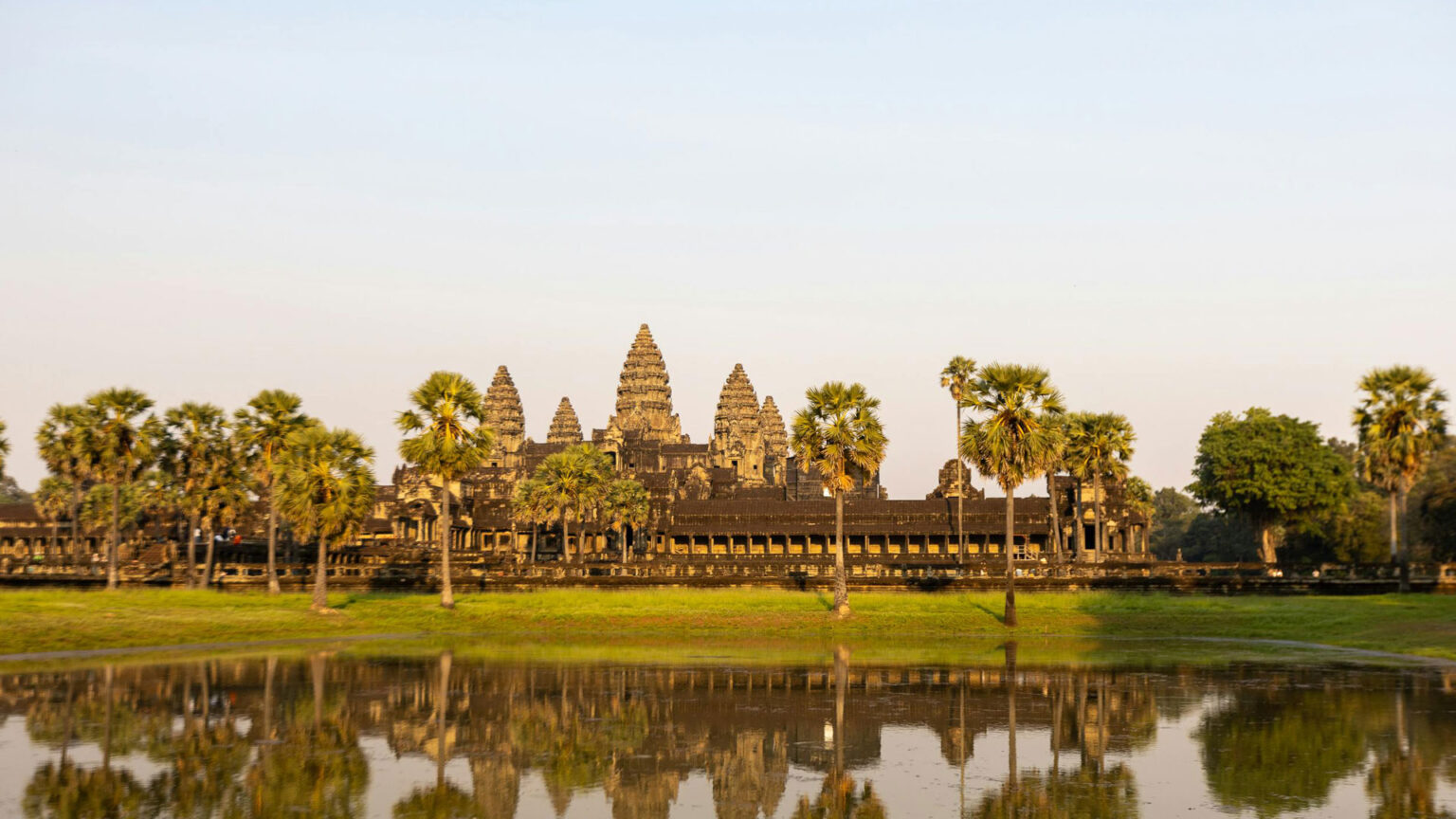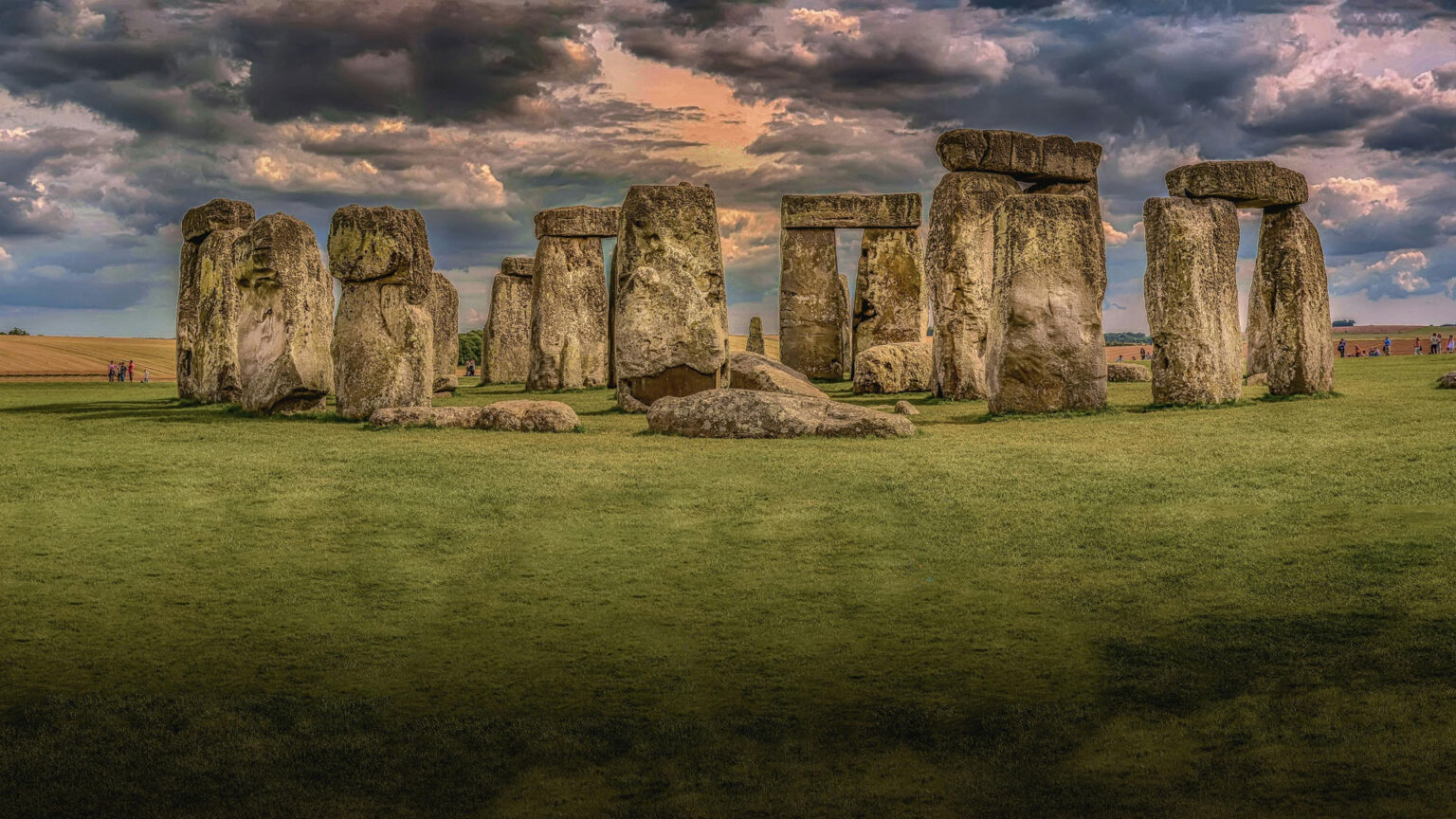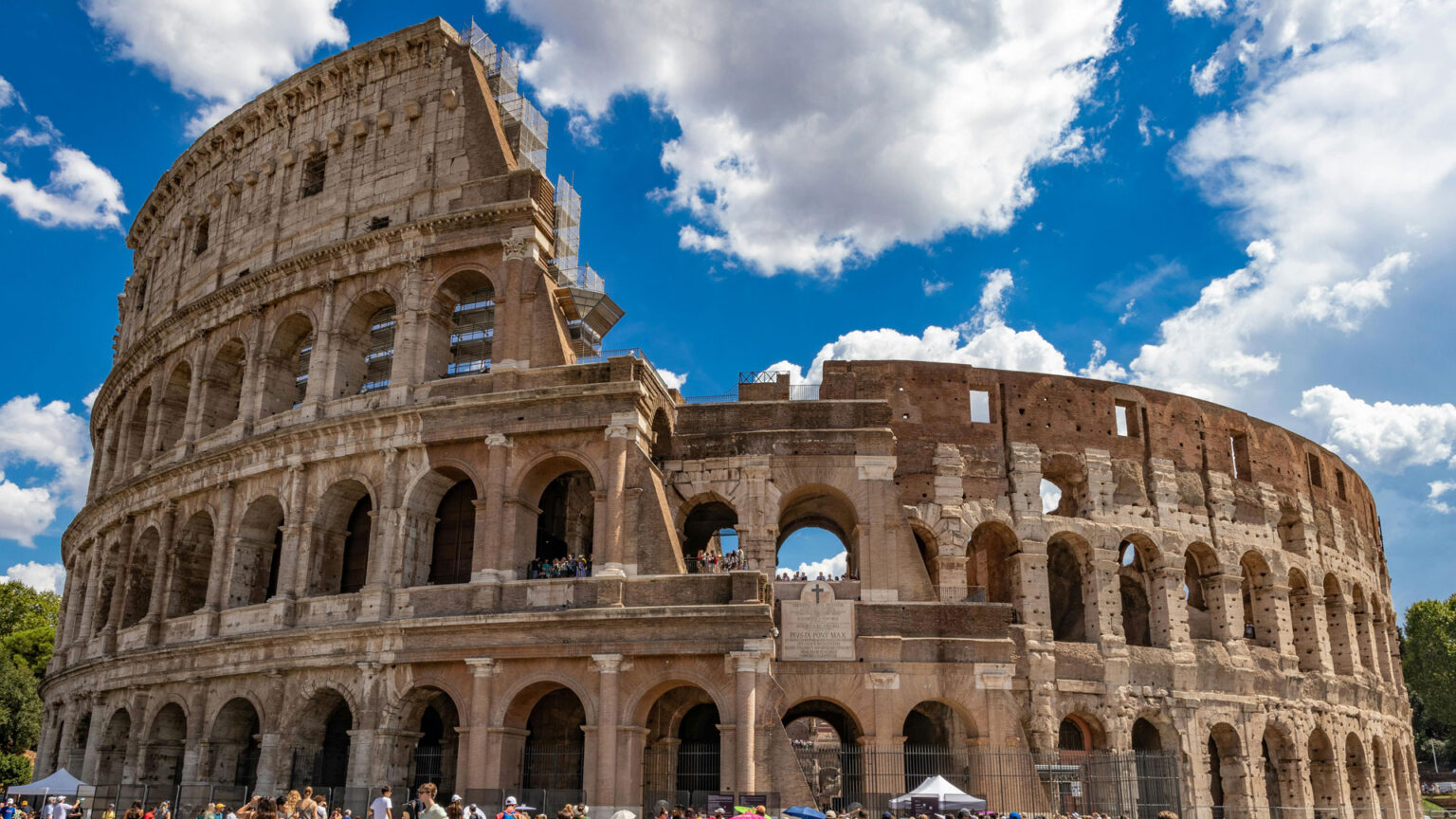Easter Island, a remote speck in the Pacific Ocean, is home to one of the world’s most fascinating and mysterious ancient monuments — the Moai statues. These colossal, enigmatic giants have captivated the imagination of people for centuries, and yet, their purpose and meaning remain shrouded in mystery.
History of the Moai Statues
The Moai statues, towering monolithic figures that dot the landscape of Easter Island, have long fascinated us with their enigmatic presence. These colossal creations, averaging 13 feet tall and weighing 86 tons, are a testament to the ingenuity and craftsmanship of the Rapa Nui people, who built them between 1200 and 1500 AD.
As we delve into the history of the Moai statues, we unravel a tale of creativity, perseverance, and mystery. The Moai were not merely decorative figures but held significant cultural, spiritual, and ancestral importance. They represented the Rapa Nui people’s connection to their land, their history, and their gods.
The story of the Moai begins with the arrival of the Rapa Nui people on Easter Island around 1200 AD. This isolated island, over 2,000 miles west of Chile, became their home, and they developed a unique culture that thrived for centuries. The Moai statues were central to this culture, embodying the Rapa Nui people’s values, beliefs, and traditions.
Significance and Meaning
The Moai statues held deep spiritual significance for the Rapa Nui people. They believed that the Moai possessed mana, or spiritual power, which protected the island and ensured fertility and prosperity. Each Moai was thought to represent a specific ancestor or chief, who was revered for their wisdom, strength, and leadership.
The Moai were also believed to be connected to the afterlife, serving as conduits between the living and the dead. The statues were often positioned facing inland, watching over the island and its inhabitants.
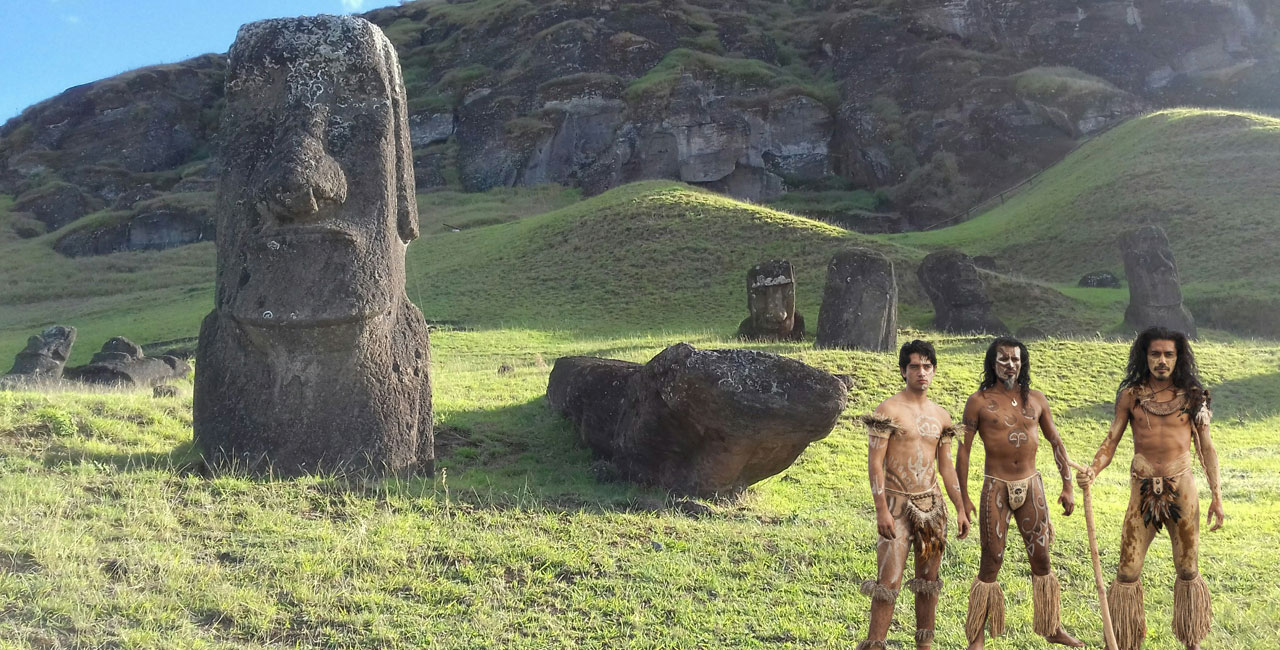
Theories and Mysteries
Theories:
- Ancestral Worship: The Moai represented revered ancestors, embodying their wisdom, power, and spiritual essence. This theory suggests that the Moai were created to honor and connect with the ancestors, ensuring their continued presence and influence in the lives of the Rapa Nui people.
- Spiritual Guardians: The Moai served as spiritual guardians, protecting the island and its inhabitants from harm, ensuring fertility, and maintaining the balance of nature. This theory proposes that the Moai were believed to possess spiritual power, watching over the island and its people.
- Astronomical Markers: The Moai aligned with celestial bodies, tracking the movements of the sun, moon, and stars. This theory suggests that the Moai were used as astronomical markers, helping the Rapa Nui people keep track of time, seasons, and important celestial events.
- Memorials to Chiefs: The Moai honored deceased chiefs, serving as tombstones or memorials. This theory proposes that the Moai were created to commemorate and honor the lives of important chiefs and leaders.
- Fertility Symbols: The Moai represented fertility and abundance, ensuring the island’s prosperity. This theory suggests that the Moai were symbols of fertility, ensuring the continued abundance of resources and the prosperity of the island.
Mysteries:
- Construction and Transportation: The process of constructing and transporting the massive Moai statues remains a mystery. Theories include the use of ramps, pulleys, and levers, but the exact methods used by the Rapa Nui people are still unknown.
- Purpose and Meaning: Despite various theories, the true purpose and meaning of the Moai remain unclear. Were they spiritual, ancestral, or astronomical in nature?
- Decline and Abandonment: The reasons for the decline and abandonment of the Moai civilization are still debated. Theories include environmental degradation, internal conflict, and external influences.
- The Moai’s “Eyes”: The removal or destruction of the Moai’s eyes is a mystery. Theories suggest that the eyes were removed to prevent the statues from being desecrated or to symbolize the loss of spiritual power.
- The “Birdman” Cult: The emergence of the Birdman cult, which replaced the Moai culture, is not well understood. Theories suggest that the cult represented a new spiritual focus or a response to environmental disasters.
- The Writing System: he Rapa Nui writing system, known as Rongorongo, remains undeciphered. Theories suggest that it may be a form of proto-writing or a system of symbolic communication.
- The Island’s Deforestation: The process of deforestation on Easter Island is still debated. Theories suggest that the Rapa Nui people overexploited the island’s resources, leading to environmental degradation and collapse.
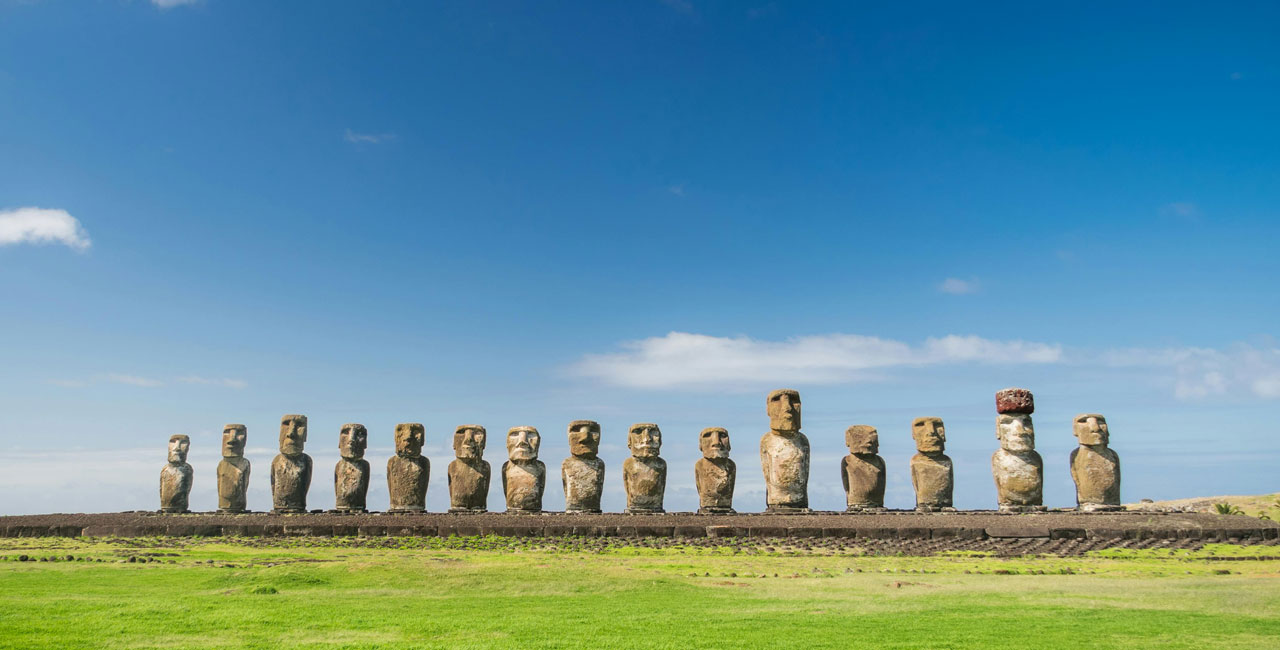
Unique Features and Facts
Unique Features:
- Monolithic Construction: The Moai statues are carved from a single block of stone, often weighing over 80 tons. This means that each statue is made from one massive piece of rock, which was quarried, transported, and carved into its final form.
- Distinctive Facial Features: Each Moai has unique facial features, including noses, mouths, and eyes (when present). These features are often subtle, but they give each statue a distinct character.
- Red Hats: Many Moai wear red stone hats, called “pukao,” which were placed on top of the statues. These hats are made from a different type of stone and were often placed on the Moai at a later date.
- Body Proportions: Moai have exaggerated body proportions, with large heads, short arms, and sturdy legs. This stylized form gives the Moai a distinctive and imposing presence.
- Volcanic Rock Material: The Moai are carved from compressed volcanic ash, which is abundant on Easter Island. This material is soft and easy to carve, but it’s also prone to erosion.
Facts:
- Over 900 Moai Exist: There are over 900 known Moai statues on Easter Island, ranging in size and condition. Many are still standing, while others have fallen or been damaged over time.
- Average Height is 13 Feet: The average height of a Moai statue is around 13 feet (4 meters) tall. However, some Moai are much taller, like the massive “Paro” statue.
- Heaviest Moai Weighs 86 Tons: The largest Moai, called “Paro,” weighs around 86 tons and stands over 30 feet tall. This statue is not only massive but also incredibly heavy.
- Oldest Moai Date Back to 1200 AD: The earliest known Moai date back to around 1200 AD, during the Rapa Nui civilization’s early period. This means that the Moai have been standing on Easter Island for over 800 years.
- Moai Were Originally Colored: Evidence suggests that the Moai were originally painted or colored, but the pigments have faded over time. This means that the Moai would have been even more vibrant and striking when they were first created.
- Moai Have No Knees: The Moai statues do not have knees, which is unusual for monumental sculptures. This stylized form gives the Moai a distinctive appearance.
- The Moai Are Not Just Heads: While many Moai appear to be just heads, most have bodies, often buried or eroded over time. This means that the Moai are more than just iconic faces – they are full-bodied statues.
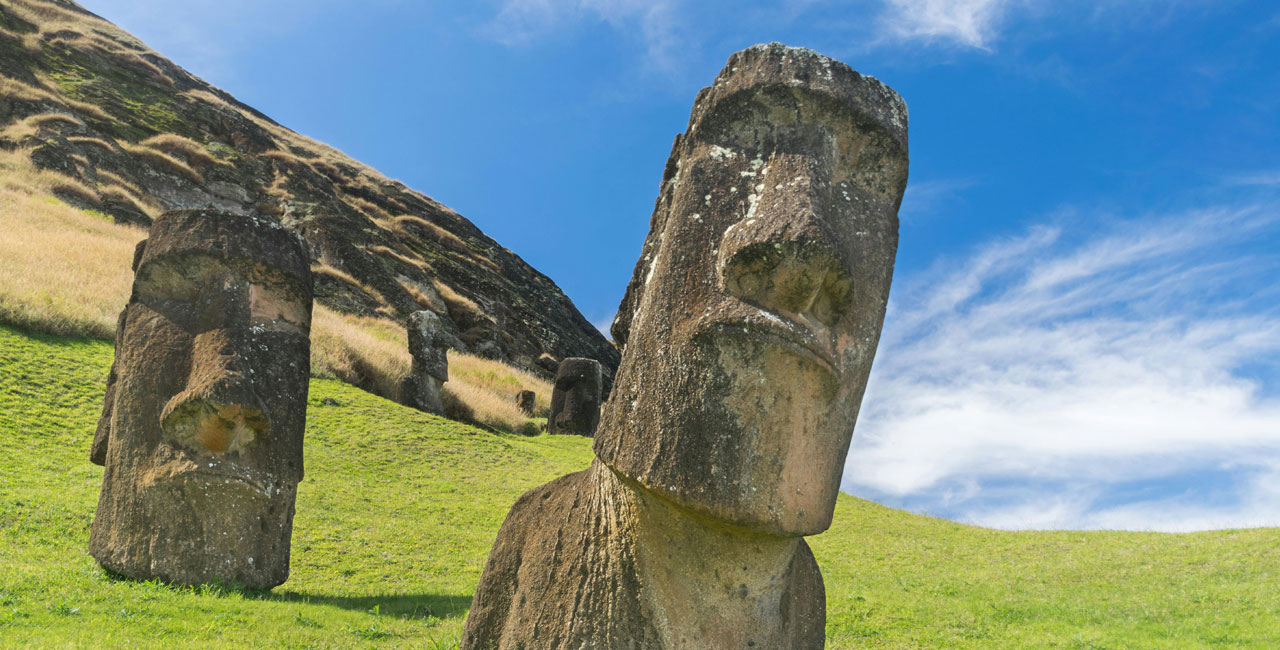
Conclusion
The Moai statues of Easter Island remain an enigma, a testament to the ingenuity and creativity of the Rapa Nui people. As we continue to unravel the mysteries surrounding these colossal giants, we are reminded of the importance of preserving our cultural heritage and respecting the wisdom of our ancestors.

